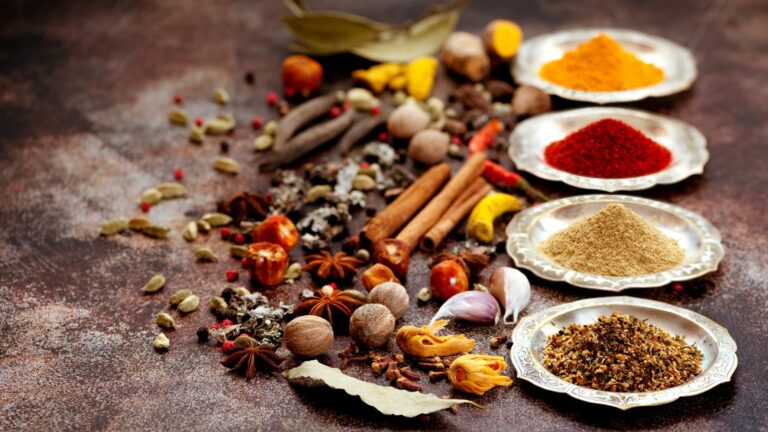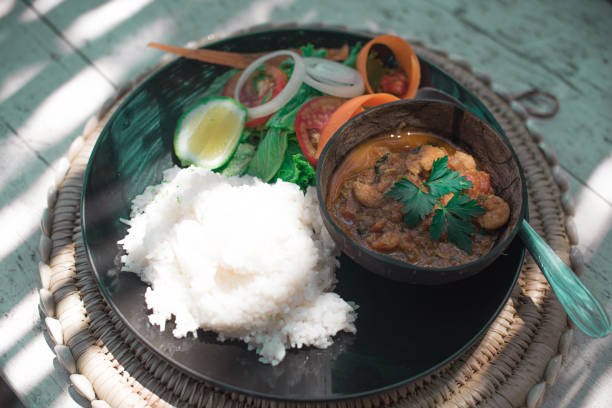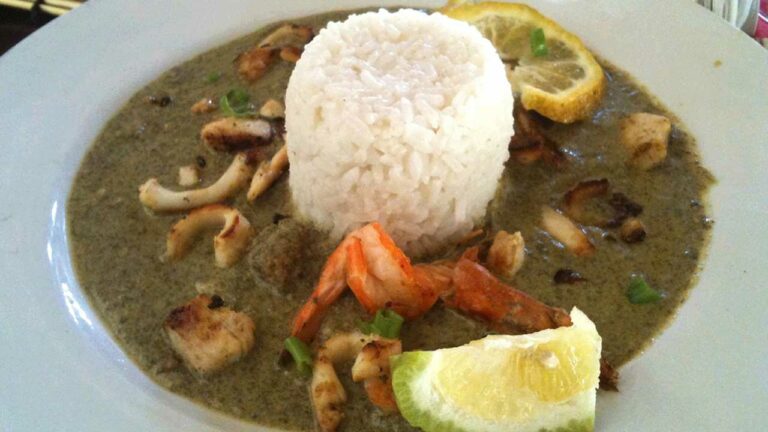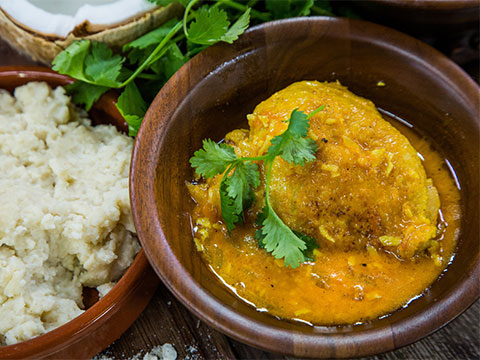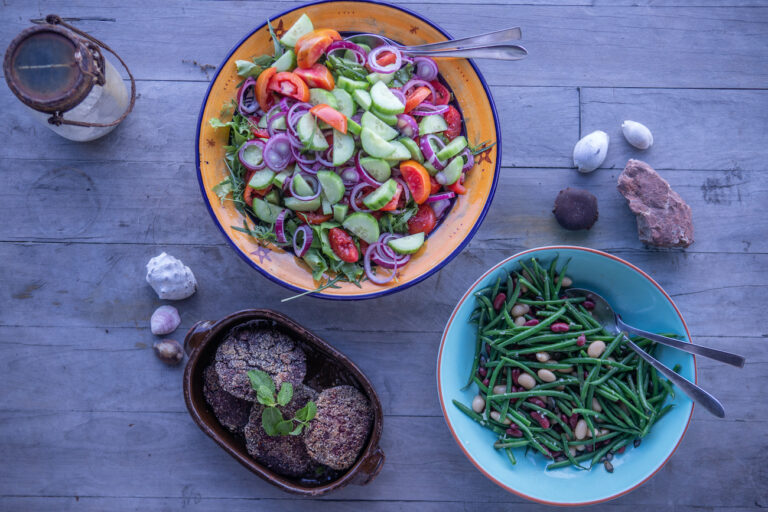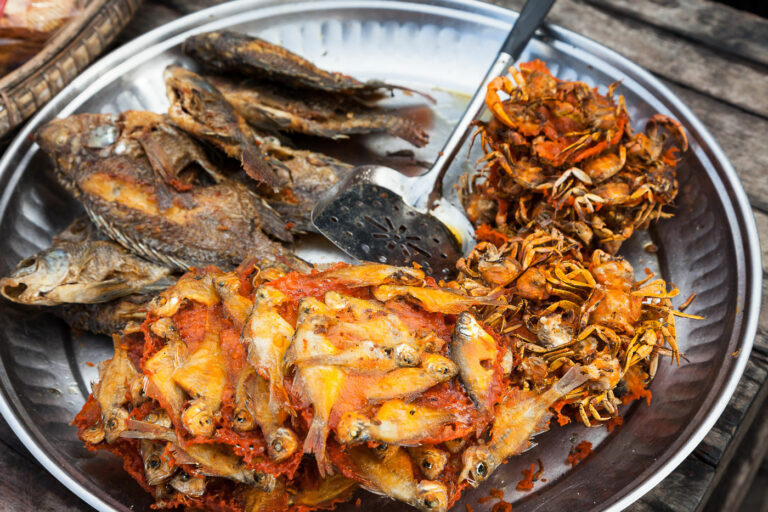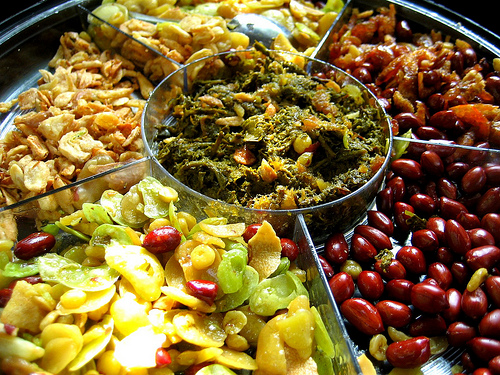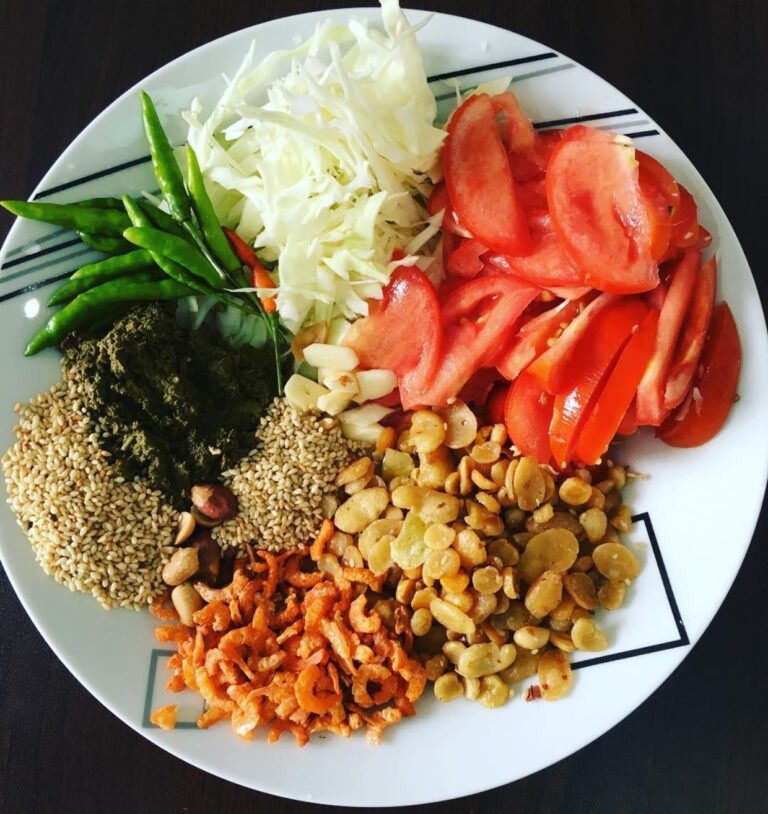Introduction: A Glimpse into Mozambican Cuisine
Mozambique, a southeastern African country that lies along the Indian Ocean, has a rich culinary heritage that is influenced by Portuguese, African, and Indian cuisine. Mozambican food is characterized by its bold flavors and exotic ingredients, making it a unique and delectable cuisine. Its coastal location means that seafood is a staple in Mozambican cooking, but it also offers meat dishes, stews, and vegetarian options.
The Use of Spices in Mozambican Cooking
Spices play a crucial role in Mozambican cooking, and they are used to enhance the flavors of dishes while adding complexity and depth. The use of spices in Mozambican cuisine reflects its cultural diversity, as it draws inspiration from various regions around the world. The common spices used in Mozambican dishes include garlic, ginger, cumin, coriander, turmeric, and paprika.
Commonly Used Spices in Mozambican Dishes
Mozambican dishes are often seasoned with a blend of spices, which gives them a distinct flavor profile. Piri-piri, a type of chili pepper, is a ubiquitous ingredient in Mozambican cuisine and is responsible for its spiciness. Coconut milk is another common ingredient that is used to balance out the heat and adds a creamy texture to the dishes. Other spices like cinnamon, cloves, and cardamom are also used in some stews and curries, especially in the northern regions of Mozambique.
Regional Variations in Spiciness Levels
The spiciness level of Mozambican dishes varies from region to region and can depend on personal preference. In the southern parts of Mozambique, where the Portuguese influence is strong, the food tends to be less spicy. In contrast, the central and northern regions of Mozambique have spicier cuisine, with dishes often being served with a side of hot sauce made from piri-piri peppers.
Adjusting the Heat to Personal Taste
Mozambican cuisine can be enjoyed by anyone, regardless of their spice tolerance. The heat level can be adjusted to personal taste by reducing or increasing the amount of piri-piri or other spices used in the recipe. If you’re unsure about the spiciness level of a dish, it’s always best to ask the chef or your server for advice.
Conclusion: The Verdict on Mozambican Cuisine’s Spiciness
In conclusion, Mozambican cuisine is spicy, but the level of spiciness varies depending on the region and personal preference. The use of spices in Mozambican dishes adds depth and complexity to the flavors, making it a unique and delicious cuisine worth trying. Whether you prefer mild or spicy food, there is something for everyone in Mozambican cuisine.

